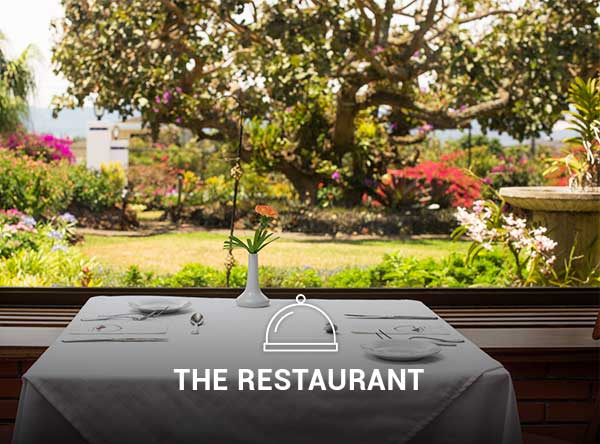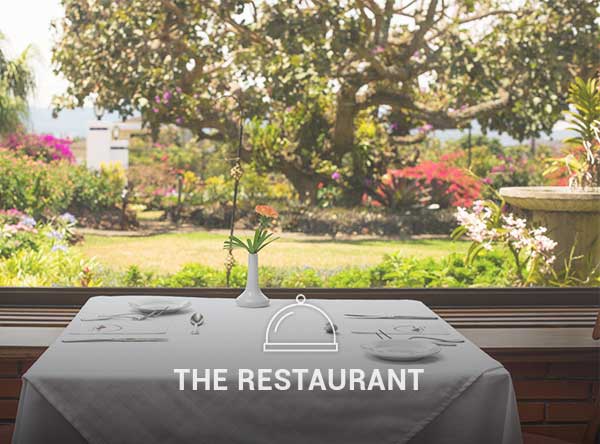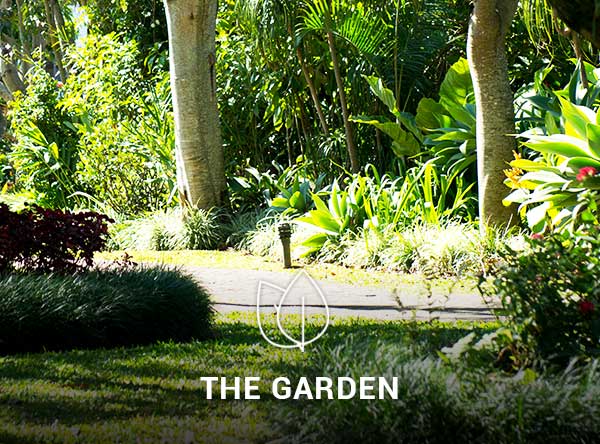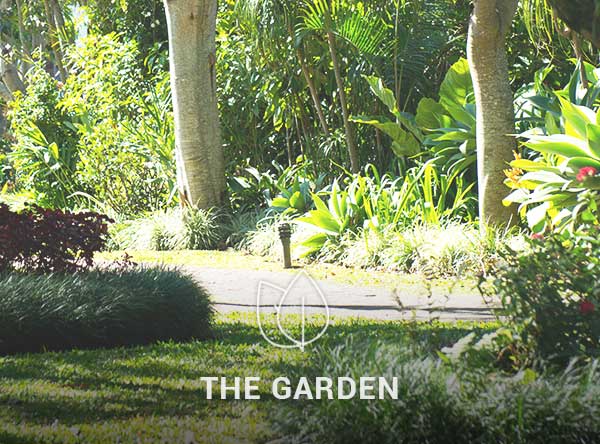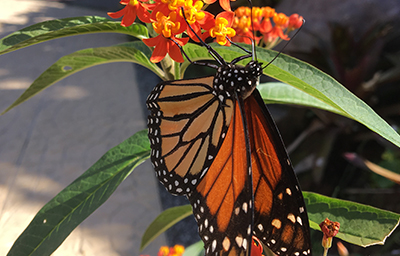
In Search of Monarchs? Look No Further!
January 15, 2018
Driving in Costa Rica
February 5, 2018Jaboticaba!
The Jaboticaba is blooming! You won’t want to miss seeing this attention grabber as you walk along the western perimeter of our gardens.
The Plinia cauliflora, or jaboticaba, also known as the Brazilian grape tree, is native to Brazil and other northern regions of South America. The seven small trees that grace our garden were gifted to us almost 20 years ago, and because it takes the tree 8-10 years to begin bearing fruit, we had to be very patient.
The delicate white starburst blooms are particularly beautiful to behold because they form directly on the trunk and branches of this graceful tree, coating them in what looks like fluffy white fuzz. Within days of flowering, the jaboticaba fruits begin appearing amid the tiny blossoms.
Our trees typically begin to flower and fruit in February, producing a moderate first harvest, followed by a second much heavier harvest several weeks later. Under optimal conditions, a single tree can produce 100 pounds of delicious fruit.



Jaboticaba fruits have thick, tart purplish-black skin and sweet white or pink gelatinous pulp, with 2-3 seeds inside. Jaboticabas can be eaten out of hand, but are more commonly transformed into jellies and sauces. Since the fruit easily ferments upon ripening, it lends itself readily to making wine and liqueur. This short shelf life is also why it’s not well known outside its growing area.
If you’re lucky enough to visit us during its short fruiting season, be sure to ask about the jaboticaba dishes we offer in our restaurant.
Whether you get to see the trees in full bloom, or come upon them covered in fruit, we promise it won’t be something you’ll soon forget!









